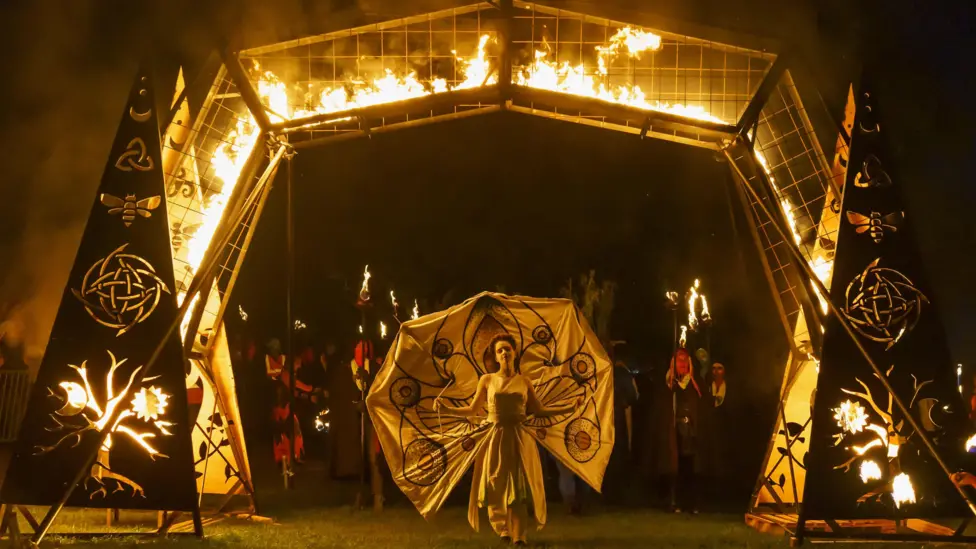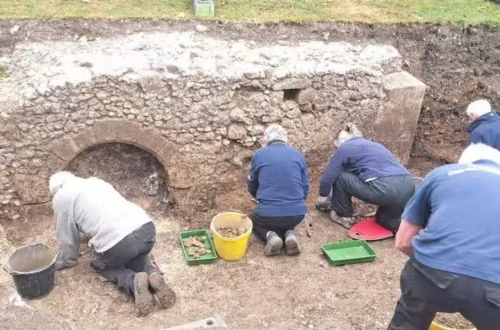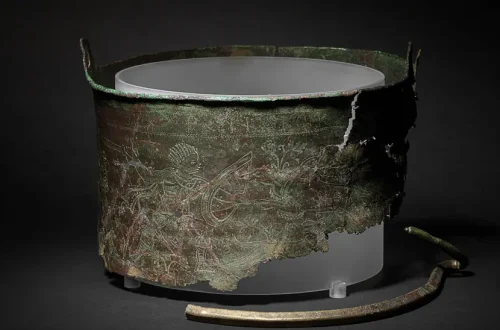Beltane, meaning “bright fire” in Old Irish, thrived in Celtic Ireland and Britain from the 1st millennium BCE. Held midway between the spring equinox and summer solstice, it was a sacred pivot, ushering in warmth and abundance. Celtic communities lit massive bonfires, driving cattle between flames for purification and dancing to invoke divine favor.

Excavations uncover Beltane’s tangible past. Archaeologists found charred wood and ash layers at Tara Hill in Ireland, dated to 800–100 BCE, suggesting ritual bonfires. Burnt animal bones and bronze offerings, unearthed in Scotland’s Highlands, hint at sacrifices to ensure fertile harvests. Circular stone alignments, like those at Calanais, may have framed Beltane gatherings, aligning with solar cycles. These relics, preserved in acidic bogs or rocky soils, vividly depict communal devotion, where fire forged bonds between people and gods.
Beltane’s embers still glow. Modern pagans revive the festival with bonfires, maypole dances, may queens, and ancient rites. Beltane reveals a Celtic world of faith and fire. See this year’s Edinburgh Beltane celebrations on Calton Hill.





